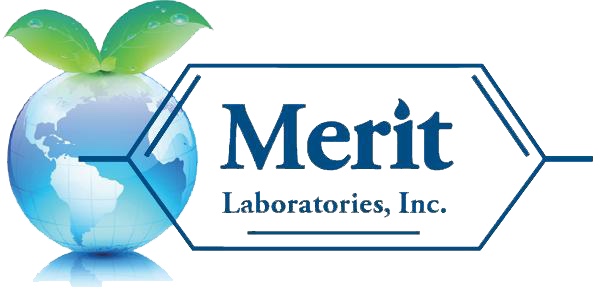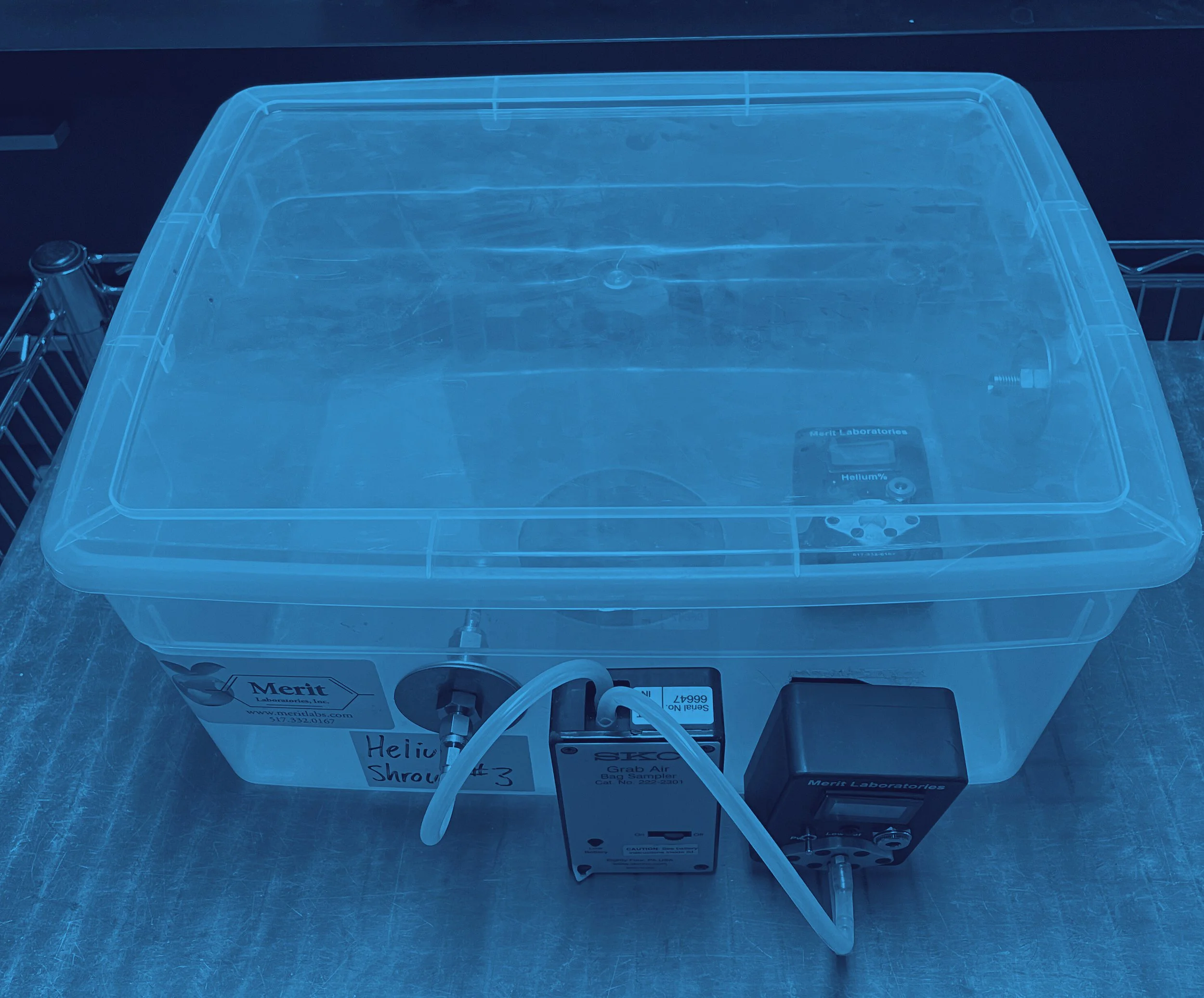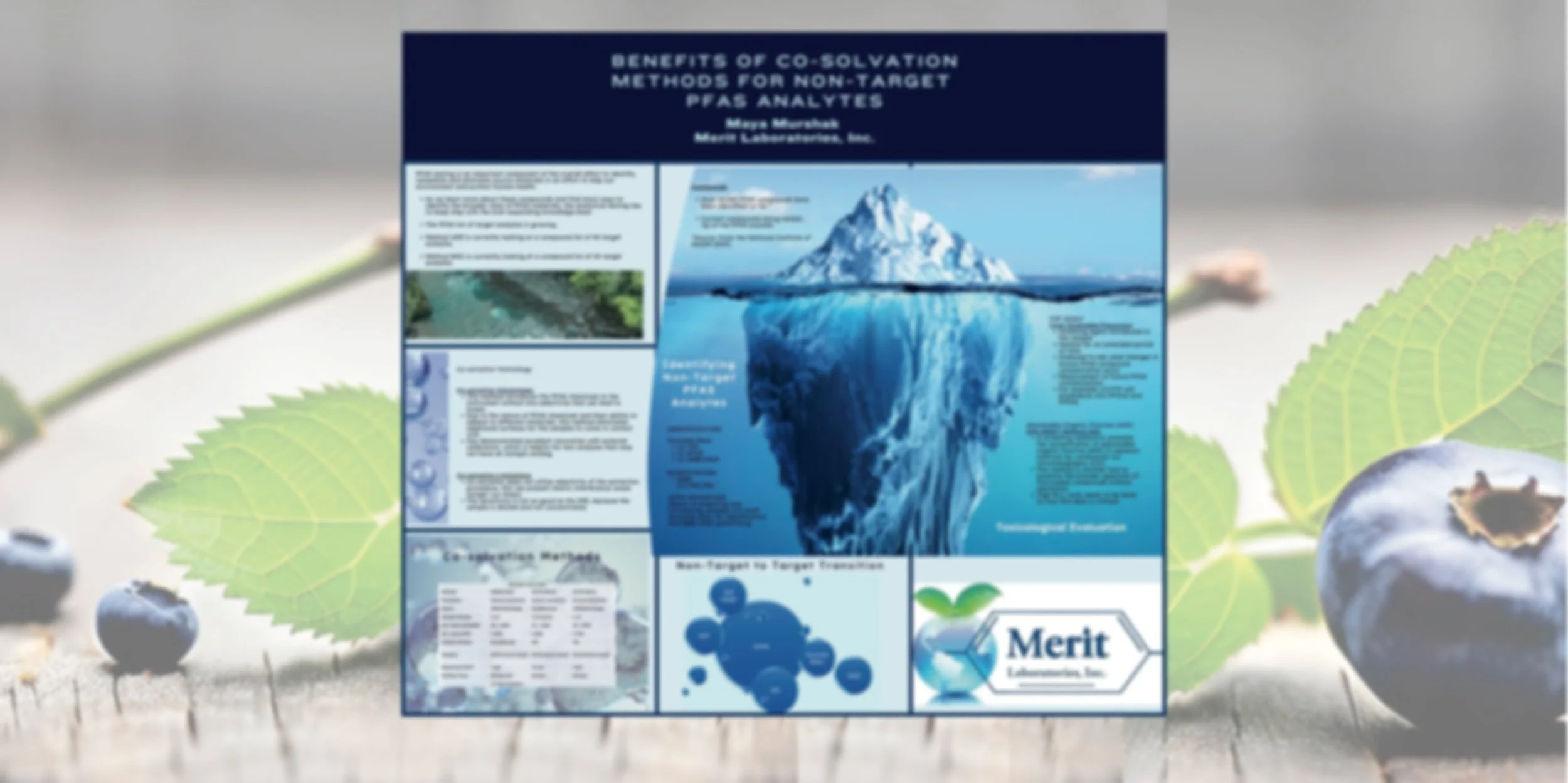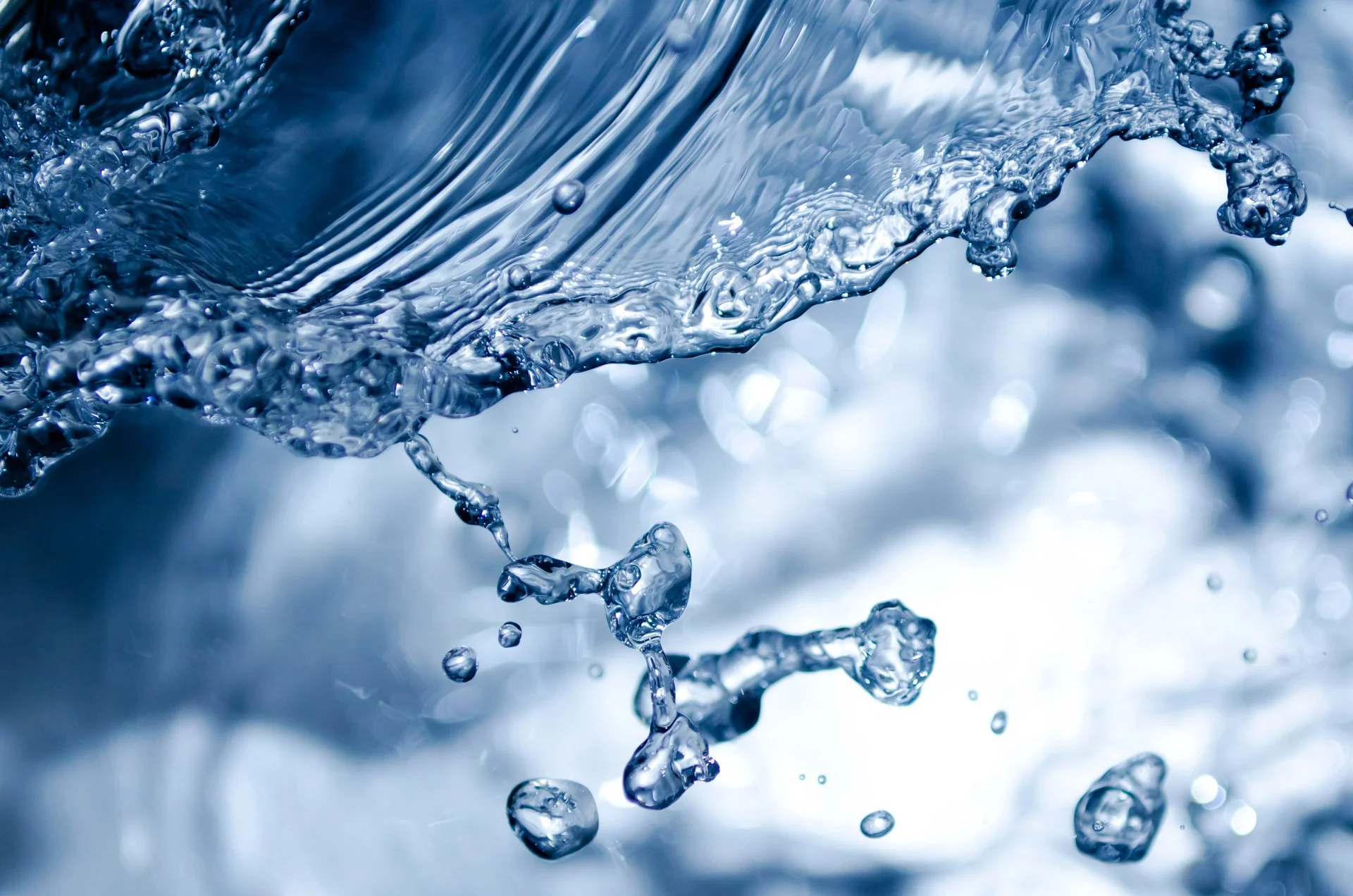The DoD Environmental Data Quality Workgroup recently issued a fact sheet on detection and quantitation to assist project managers and data users of laboratory data for DoD projects. The EDQW guidance sheet is geared to assist project manager or other decision-makers that use environmental laboratory data to accomplish one or more of the following tasks for a DoD project:
Summa is for Wrestling not TO-15 Air Sampling
The term summa canister is trying to go the way of other product names that have become generic titles for their intended purpose, like Kleenex and Band Aids. The term summa canister is used in the environmental industry by many professionals to describe the sampling media used for air sampling prior to laboratory testing. There is, however, inherent risk in believing that summa canister is an acceptable term that defines all air sampling media for TO-15 projects.
The Latest ATSDR Substance Priority List of Chemicals and Elements Posing the Most Significant Risk at NPL sites
The rankings are out and three metals top the chart: arsenic, lead, and mercury. The Agency for Toxic Substances and Disease Registry (ATSDR) has released its 2017 list of substances at EPA-managed contamination sites posing the most significant risk to human health. A total of 275 substances are listed on the entire ATSDR 2017 Substance Priority list. Here are the Top 50 substances listed.
Helping You Understand Quality Assurance-Quality Control Samples
After receiving your analytical data report, do you ever wonder why all of the additional quality assurance-quality control (QA-QC) samples are analyzed and reported? The following definitions will help you better understand the various QA-QC samples commonly reported by Merit Laboratories and what they can mean for your analytical data.
1,400 Brownfield Properties Assessed in 2017
Since the beginning of the EPA's Brownfields program in 1995, more than 27,000 properties have been assessed throughout the country, including more than 1,400 in the last fiscal year. A Brownfield property is one where the redevelopment or reuse of the property may be complicated by the presence of a hazardous substance, pollutant, or contaminant.
MDEQ Schedules Volatilization to Indoor Air Pathway (VIAP) Workshops
The Michigan Department of Environmental Quality (MDEQ) has announced that it will be hosting workshops on the Volatilization to Indoor Air Pathway (VIAP) to provide guidance and training on Vapor Intrusion (VI). The MDEQ will be conducting four workshops throughout the state. The workshops will provide information on the concepts and fundamentals of VIAP, steps associated with investigations, collection and use of evidence, information on the USDA soil classification system, mitigation strategies, and VI sampling methodology and supplies.
CLP-Like Level 4 Data Packages and Data Validation
Many environmental projects and programs require that a laboratory provide a CLP-Like Level IV analytical data package for data reporting. A Level IV data package is a comprehensive report that allows a data validator to evaluate analytical data and determine usability, including analytical data results, quality control, and sample handling information. Level IV data packages are typically used for data validation purposes following the U.S. EPA’s National Functional Guidelines (NFG) for Data Review.
TCLP or SPLP: Project Applicability
EPA 1311 or EPA 1312? TCLP or SPLP? When selecting the appropriate leaching procedure, it basically boils down to one key question. What type of environmental project is the leaching procedure supporting? The Toxicity Characteristic Leaching Procedure (TCLP) is performed as a waste characterization method to support waste disposal efforts for RCRA-listed compounds and elements. The Synthetic Precipitation Leaching Procedure (SPLP) method is very similar to TCLP, but its project applicability differs significantly. SPLP is generally specific to soil samples and is performed to determine the potential of contaminants present in soil to leach into groundwater.
Available Cyanide by OIA 1677
An effective analytical method for determining the amount of cyanide in water and solid samples is Available Cyanide using method OIA 1677 by Ligand Exchange and Flow Injection Analysis. OIA 1677 for Available Cyanide analysis is a U.S. EPA-approved method for samples collected and analyzed in support of the Clean Water Act (CWA) , Safe Drinking Water Act (SDWA), and CERCLA/SARA (Superfund).Water samples collected for Available Cyanide require sample pretreatment in the field to remove potential interferences from sulfide.
Wastewater Discharge Monitoring and the Clean Water Act
t’s been 46 years since the Clean Water Act (CWA) was established by Congress in 1972. The CWA, the primary federal law governing water pollution, regulates the wastewater discharge of pollutants into the waters of the United States and also establishes water quality standards for the country’s surface waters. The launch of the CWA made it illegal to discharge into navigable waters any pollutant without a permit. The National Pollutant Discharge Elimination System (NPDES) was created as the permitting tool for regulating discharges.















